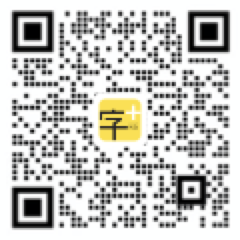Ondine™
字体介绍:
In 1952, Charles Peignot made a bold and fortuitous move: he invited a young Swiss designer to Paris to be the art director of the Deberny & Peignot type foundry. This started the professional type design career of Adrian Frutiger; and since then he has designed an astonishing range of masterful typefaces. One of his earliest was Ondine™ in 1954, a script face reminiscent of gothic cursive writing from the middle ages. Frutiger understood historic letterforms well; as a student he'd made a series of prize-winning woodcuts showing the development of the western alphabet. As part of the design process for Ondine, Frutiger actually used scissors to cut the forms out of a piece of black paper, a technique that requires the vision and skill of an artist to exploit its apparent simplicity. Ondine was a sea nymph from Nordic mythology. Like her namesake, Ondine the typeface has gently swelling main strokes, sharp terminals, un-closed bowls in round letters, and the illusion of a very slight backslant. This font is sometimes used to give an air of Arabian exoticism, but Ondine works well for any display typography usage. Try it in point sizes of 12 and larger for book titles, advertising, or signage."













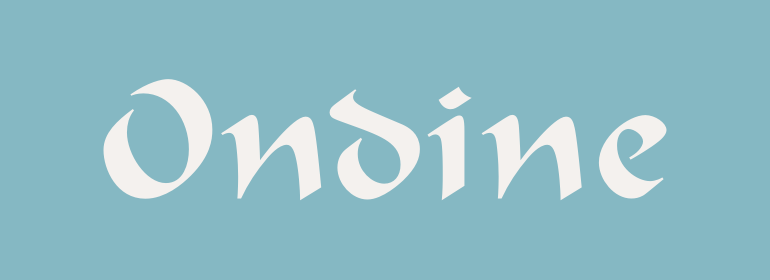

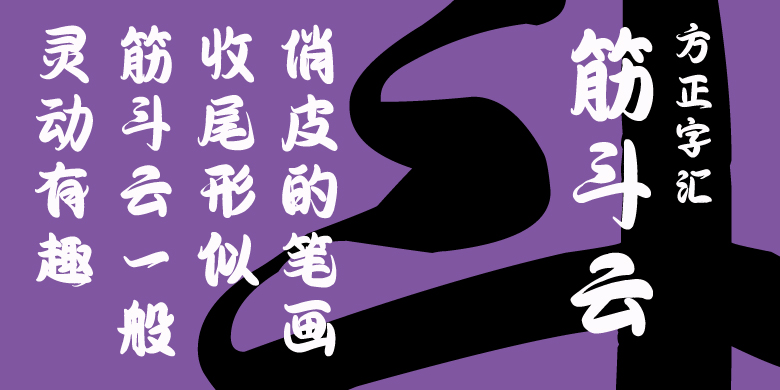
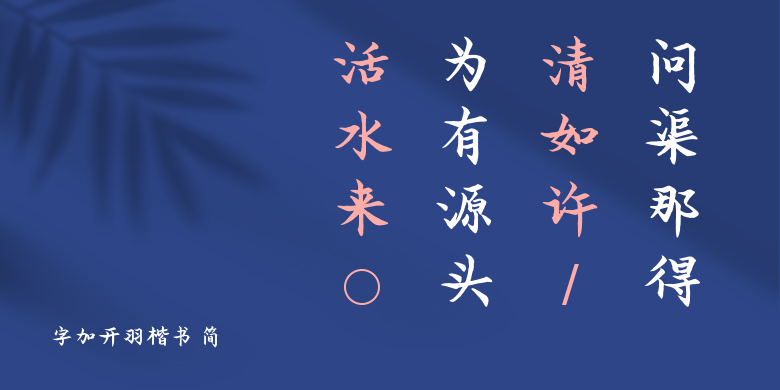
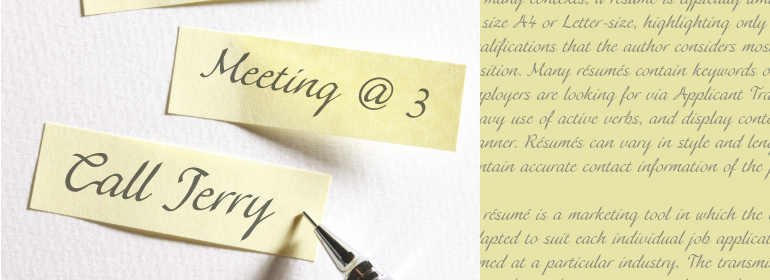


 商业发布授权
商业发布授权
 出版物授权:针对出版物
出版物授权:针对出版物
 嵌入式应用授权
嵌入式应用授权






